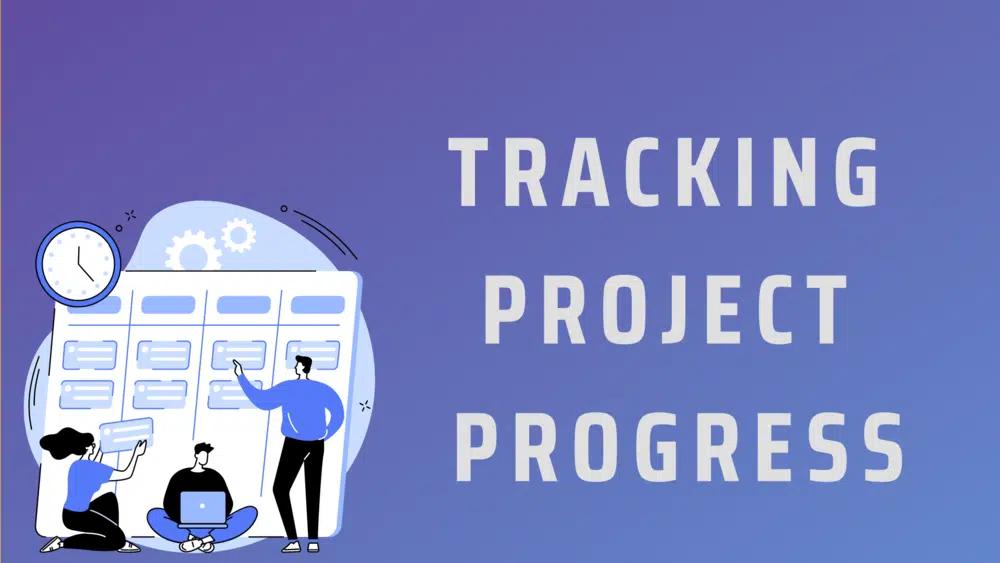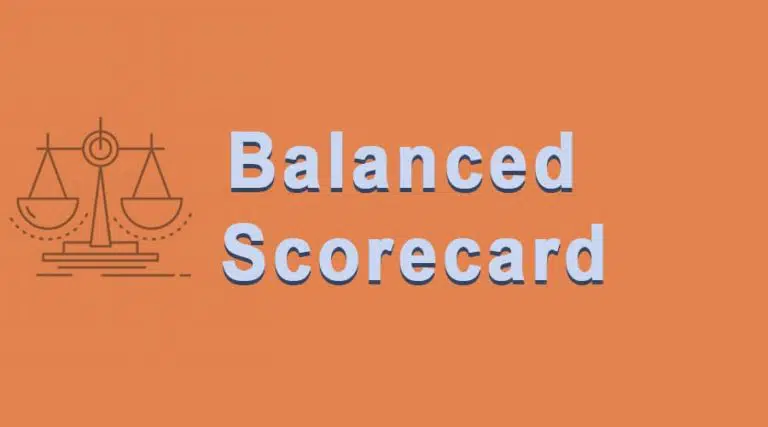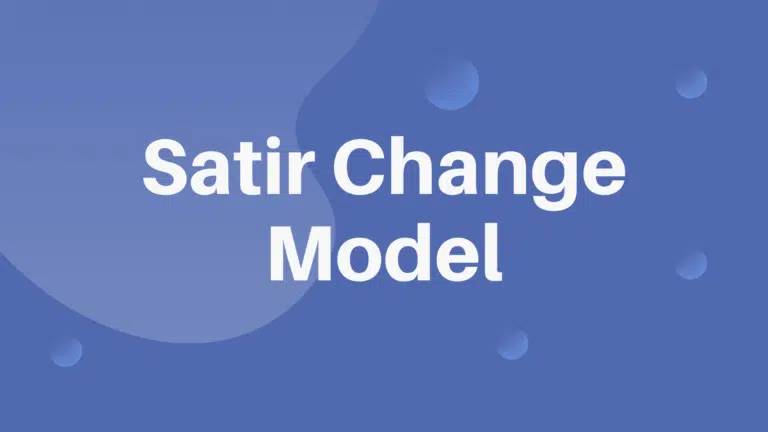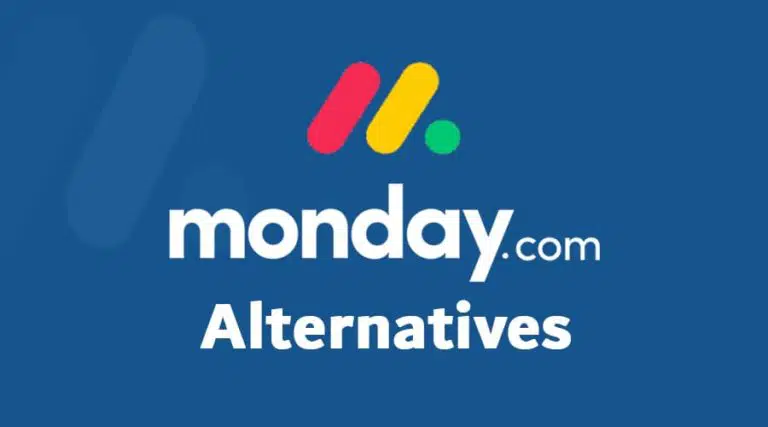Tracking project progress is vital in project management. By using project tracking, stakeholders will know whether the project is progressing in the right direction. If not, then they can take action to bring the project back on track.
Today’s blog post will examine project tracking and how to use it in project management.
What is Project Tracking?
Project tracking involves monitoring and recording the project’s current status and comparing it with planned progress. You will track whether your schedule is on time, whether you achieve milestones as planned, and whether you are under or over budget. Project tracking helps ensure that your project progresses as planned and identifies issues before they occur.
Project tracking keeps team members motivated and allows them to use resources optimally. Project managers can request additional resources as needed.
The project stakeholders can see the value of the work completed and the cost spent. Project tracking keeps stakeholders satisfied and informed about the project status. It provides data for creating project performance reports, including status and progress reports.
Nowadays, all project management software allows you to quickly track a project with a few clicks and generate reports in multiple formats. Project tracking features are built into the organization’s project management information system (PMIS).
How to Track Project Progress
You can follow the following steps to track the progress of your project:
#1. Define Project Objectives
You cannot see progress until you define what you want to measure. Before tracking progress, you must define your project objectives. The objectives can include a cost baseline, quality parameters, schedule baseline, procurement, scope baseline, etc.
Ensure that your goals are SMART. SMART stands for “specific, measurable, achievable, relevant, and time-bound.” Tracking SMART project objectives and communicating them to stakeholders is easy and effective.
#2. Select the Right Framework
There are many project tracking frameworks (e.g., earned value management, critical chain method, critical path methods, Gantt chart, Kanban board, etc.).
You can define suitable framework for your project by collaborating with your team members and other stakeholders. The framework should be easy to follow, and stakeholders should be aware of it, so they can understand it with minimal effort.
Earned value management and Gantt Charts are the most popular methods for tracking project progress.
#3. Regularly Collect Data and Ensure Quality
You should collect the data manually if you don’t use an automated system or project tracking software that requires regular input. Ensure the data is correct and reflects the right context and figure.
Regularly meet with your team members to get feedback on the work and guide them in completing their tasks. You must use your management and leadership qualities to influence your stakeholders. For smaller projects, you can have weekly meetings; for larger ones, you can have monthly, bi-monthly meetings.
#4. Use Checklists or Templates
If you collect data manually, use a pre-built checklist or template to collect work performance data. These checklists or templates should be customized to suit your project requirements. These checklists have pre-defined parameters; you only have to enter or tick the details. Checklists make the job a lot easier and more efficient.
If you use any project management software, you can enter and pull the data quickly.
#5. Break the Project into Smaller Parts
If the project is large, you can break it into phases and include milestones on the project timeline. This makes project tracking easy. The team members can see the accomplishment, which will motivate them to perform better.
It also helps you compare it with the planned progress and communicate the accomplishment to your stakeholders and clients.
#6. Develop Robust Project Progress Reports
This is the final stage in tracking project progress. After collecting the project data, you will prepare status and progress reports and share them with stakeholders. Based on stakeholder requirements, you can prepare them in the required format and distribute them weekly or monthly.
These are called “performance reports,” often including forecasting analysis. They are crucial project management documents, and project sponsors and management make key decisions based on them.
Challenges in Project Progress Tracking and How to Overcome Them
A lack of communication is the key challenge in tracking and monitoring the project’s progress. Team members may not share updates regularly, leading to uncertainty about the project status. To overcome this, encourage open communication among team members. Set regular check-in meetings where team members can freely share updates and discuss issues.
Another challenge is relying on outdated tracking methods. Manual tracking is time-consuming and prone to errors. Invest in project management software that automates tracking and provides real-time updates. This ensures accuracy and saves you time.
Scope creep is another common challenge. Additional tasks may affect the original timeline and budget as the project progresses. To overcome this, establish clear project objectives from the beginning. Regularly review the project scope and all changes thoroughly, process them through a change management system, and prioritize tasks to stay focused on the original plan.
Team members can face difficulty in estimating task durations accurately. This can delay and miss deadlines. Break down tasks into smaller, more manageable units to overcome this challenge. Encourage team members to provide realistic estimates based on their expertise and past experiences. Regularly review and adjust timelines and schedule baseline based on actual progress.
Lastly, tracking progress becomes challenging when stakeholders have unrealistic expectations or lack clarity about project objectives. To overcome this, ensure clear communication with stakeholders from the beginning. Set realistic expectations and provide regular updates on progress. Address any concerns or questions promptly to maintain stakeholder trust and confidence in the project.
Project Progress Report Content
Project progress reports show which tasks have been completed, which tasks remain, and any problems encountered so far. They can include updates on timelines, budgets, and any changes made to the project plan. They also highlight achievements and milestones reached. Progress reports may include updates on risks and issues and plans to address them.
These reports help keep everyone involved in the project informed and on track.
The reports can be in the format of text, lists, or graphics. They are mostly a combination of charts, tables, and facts. Once prepared, the project manager can email them and provide a hard copy to key stakeholders, as requested.
Summary
Project managers spend most of their time tracking project progress and communicating it to stakeholders so they can understand the current situation and take necessary actions. You can manually track and monitor project progress or use organizational project-management PMIS to ensure data integrity and timely information distribution.

I am Mohammad Fahad Usmani, B.E. PMP, PMI-RMP. I have been blogging on project management topics since 2011. To date, thousands of professionals have passed the PMP exam using my resources.







